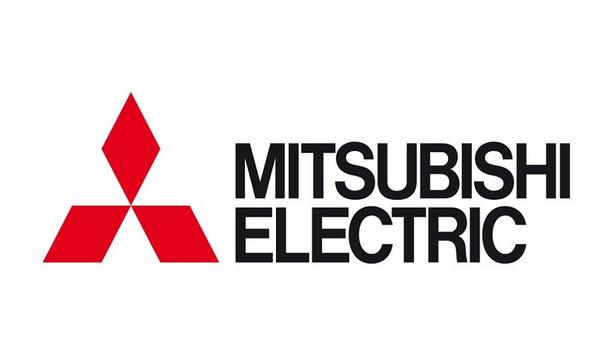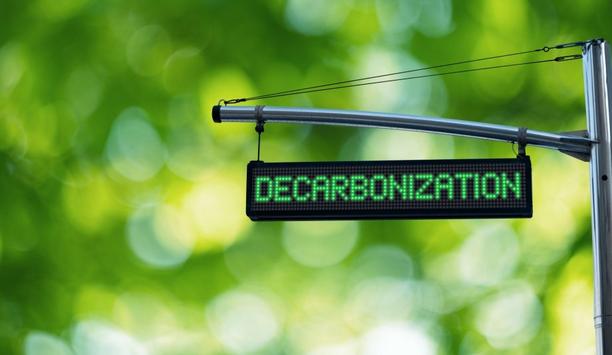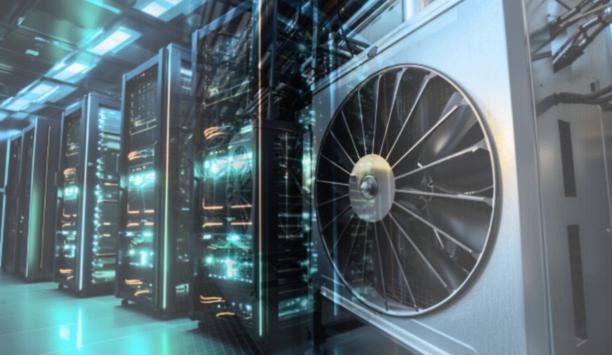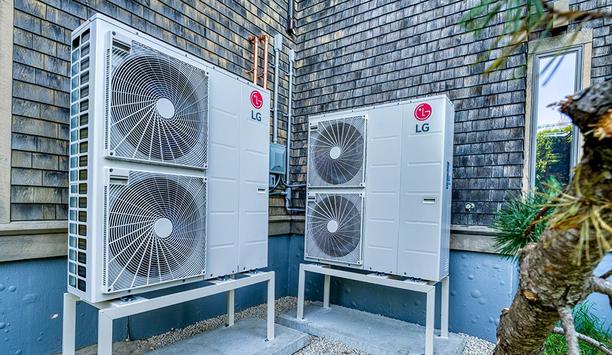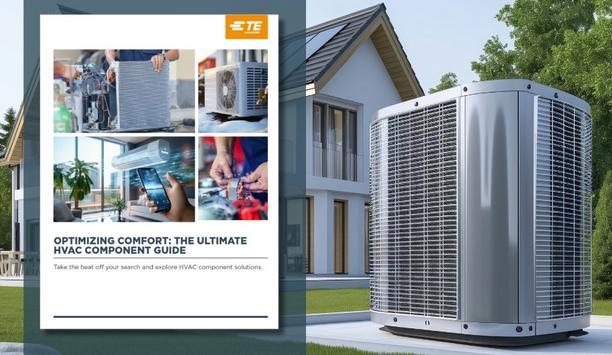The basics of furnace functionality, routine maintenance, troubleshooting common furnace problems, and upgrading and future-proofing the heating system are all important for the efficient running of the home or office, and understanding how the furnace works will help users identify problems quickly and save user time and money.
In this guide, Air Docs will cover the key fundamentals of furnace functionality, explain how to spot-check and maintain the furnace correctly, and provide guidance on troubleshooting and updating the heating system.
The Basics of Furnace Functionality
The Basics of Furnace Functionality can be complex, however the underlying principles can be understood with a few key concepts. First, furnaces take air from around the home and heat it using combustible gas, like propane and natural gas, or electricity.
After the air is heated, a blower causes the warm air to flow into the home. Furnaces also include a set of safety mechanisms that prevent the combustion process from becoming hazardous. Moreover, due to their efficient heating and cooling capabilities, furnaces are a very popular and common heating system in many household appliances.
Understanding the basics
Homeowners need to have their furnaces cleaned to ensure that the blower works efficiently
In addition, by understanding the basics of furnace functionality, users can better understand why certain preventive maintenance is necessary over the years. For instance, it is recommended that an annual inspection of the furnace be done to ensure that the safety systems are in proper working order.
Similarly, homeowners need to have their furnaces cleaned to ensure that the blower works efficiently and that excessive dust is not an issue. As a result, regular preventive maintenance is a key factor in keeping the furnace working smoothly for many years.
Factors to consider
Finally, when determining which type of furnace is best for a home, several factors must be taken into account. Consequently, it is important to consider the available floor space, the amount of heat that is desired, and the local climate, to ensure the proper size and type of furnace is chosen.
In contrast, if a furnace is too large or too small, energy efficiency can be greatly diminished, leading to an increase in energy costs.
Energy Star-approved HVAC system
Furthermore, by using an Energy Star-approved HVAC system, significant energy savings can be achieved.
To conclude, the basics of furnace functionality can be quite complex, however understanding the key concepts can help ensure that furnaces are kept in proper working order and that energy costs are kept to a minimum.
Routine Maintenance
Having a professional perform an annual inspection can help identify common issues
Routine maintenance is essential to keeping the home’s furnace efficient and in good working order. This maintenance should be done by a professional annually, although more frequent checkups or repairs may be necessary.
Having a professional perform an annual inspection can help identify common issues that can cause costly energy use and possible repair bills. Moreover, performing regular maintenance helps to improve air quality and can help reduce allergy and asthma symptoms.
Cleaning air filters
On the other hand, homeowners can take steps to maintain their furnaces on their own. Cleaning the air filters regularly helps to keep the furnace running efficiently and reduces strain on the system.
Also, looking for signs of soot build-up on the furnace, walls, and windows can help detect an issue early. Furthermore, checking to make sure ventilation valves are working properly is important and may require a professional.
Replacing thermostats
In addition, replacing thermostat batteries can help improve efficiency, as a bad battery can lead to the furnace periodically running and cycling when it should not be.
Similarly, checking to make sure that the furnace is well-aligned and properly vented within the designated heating space is important to ensure proper functioning and efficiency. As a result, it is important to make sure the furnace is located in a space that is well-ventilated, free of clutter, and away from doors and windows.
Energy efficiency and air quality
Vacuuming and dusting the area surrounding the furnace can help improve air quality
Finally, keeping the furnace free of dust build-up is essential for both energy efficiency and air quality. Vacuuming and dusting the area surrounding the furnace can help improve air quality and reduce energy usage.
Consequently, regular inspection, maintenance, and cleaning can save users money in the long run.
Troubleshooting Common Furnace Problems
Troubleshooting common furnace problems can be a daunting task for most homeowners. However, most minor issues with furnaces can be easily fixed with a few basic steps.
Knowing what to look for with common furnace problems can help homeowners fix the issue quickly and save money on costly repair bills.
Calling professional
In addition to simple fixes, some furnaces have more complex problems that require trained personnel to repair. Therefore, it is important to know when to call a professional.
For instance, if the furnace is not running, checking the power to the unit and replacing the air filter is not the solution. A professional may be needed to check for gas and electric issues, blocked exhaust vents, or problems with the thermostat or blower motor.
Blocked air filter
Furthermore, it is also important to check for gas leaks, which can be detected with a special device
Similarly, if the furnace is running but not heating effectively, the air filter may be blocked or clogged. On the other hand, a continuously running furnace could be caused by a blocked exhaust vent or a thermostat that needs to be adjusted.
Furthermore, it is also important to check for gas leaks, which can be detected with a special device or by using soapy water near the furnace connections.
Type of furnace
In contrast, some noise issues with furnaces are minor repairs that can be handled by most homeowners, such as tightening the blower fan belt or lubricating the fan motor bearings. As a result, it is important to identify what type of furnace problem is occurring before making repairs.
Consequently, troubleshooting common furnace issues can be a time-consuming task. Nonetheless, understanding the furnace system and being able to identify the problem can help reduce the need for expensive repairs and help users maintain the furnace in good condition.
Upgrading and Future-Proofing the Heating System
Upgrading and future-proofing the heating system is now more important than ever due to the changing climate, energy prices, and households’ transition towards renewable energy sources. In the current landscape, the cost of energy is unlikely to decrease, which means that homeowners should prepare for their energy bills to inevitably increase.
If this is the case, then homeowners must invest in ways to minimize their energy expenditure, thereby saving money in the long term. Moreover, investing in energy-efficient heating systems can help reduce a home’s carbon footprint.
The heating system future-proofed
Without sufficient maintenance, airflow will become impeded, and the system’s efficiency
As a result, homeowners should take various steps to ensure their heating system is as efficient and future-proofed as possible. Firstly, a good place to start is to ensure all the elements of an existing heating system are running smoothly.
Without sufficient maintenance, airflow will become impeded and the system’s efficiency will be compromised. Servicing and cleaning the system regularly can help maintain optimal performance, while also improving air quality in the home. Furthermore, furnace filters should be checked every month and replaced when needed.
Energy savings
In addition to ensuring that the existing heating system is updated and running well, homeowners should consider upgrading their system altogether. Not only can a brand-new system provide increased energy efficiency, but it can also save money on monthly bills in the long run.
Similarly, certain upgrades can help explore additional energy savings opportunities.
Upgrading to a programmable thermostat
For instance, upgrading to a programmable thermostat can reduce energy consumption as it eliminates the need to manually change temperatures in the home.
Consequently, homeowners looking to upgrade and future-proof their heating systems should consider all the above steps. By investing in maintenance and upgrades, they can not only save money in the long term but also help reduce their home’s carbon footprint.
Key Points
Routine Maintenance is imperative for a long-lasting and efficient furnace, such as ensuring proper ventilation
The Basics of Furnace Functionality include combustion, air filtration, heat transfer, and air movement while Routine Maintenance is imperative for a long-lasting and efficient furnace, such as ensuring proper ventilation, changing the air filter regularly, and checking the flame sensor.
Troubleshooting Common Furnace Problems helps find and fix common issues that can occur such as a blocked burn area, dirty filter, or a malfunctioning thermostat.
Furnace maintenance and troubleshooting
Upgrading and Future-Proofing the Heating System should be done by a professional, and upgrades can consist of things such as installing a humidifier and updating the thermostat.
Ultimately, furnace maintenance and troubleshooting are necessary to ensure safe and efficient heating for the home and to ensure that the system remains at peak performance.







